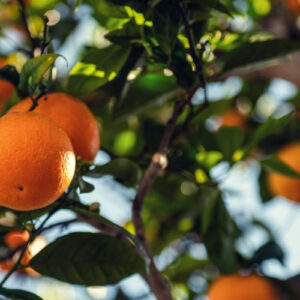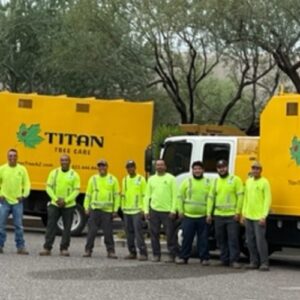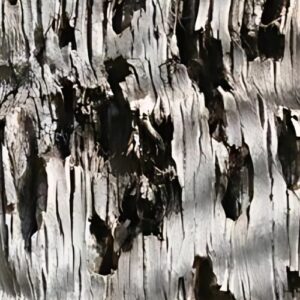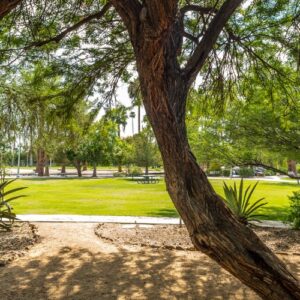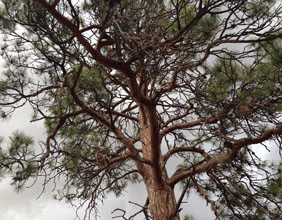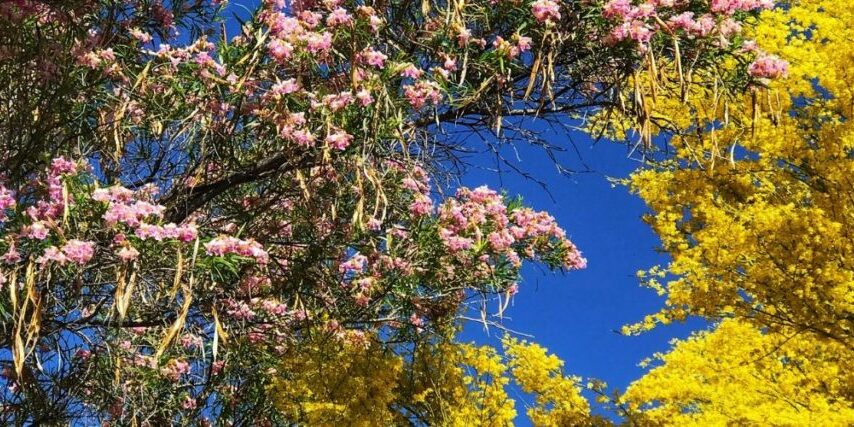
Messy trees drop seed pods, spent flowers, leaves, and twigs that clog pool filters, sprout weeds, are slippery when wet, and are a nuisance for Phoenix area residents. But there’s a simple trick to prevent leaf litter (and it doesn’t involve removing your trees). Keep reading to learn our simple solution to stop messy trees from dropping a lot of litter on your property.
Here in the Phoenix area, many of our native trees create early spring flowers, which then turn into seed pods. The flowers are beautiful, and the seeds help the tree reproduce, especially in the wild. But both flowers and seeds produce a lot of mess on your property.
In this article, we cover:
- the pros and cons of tree litter dropped by messy trees (yes, there are pros!),
- the trees that are most likely to produce a lot of litter from flowers, leaves, and seed pods (you may want to avoid planting these trees), and
- our recommended solution that will cut down on the amount of tree litter on your property.
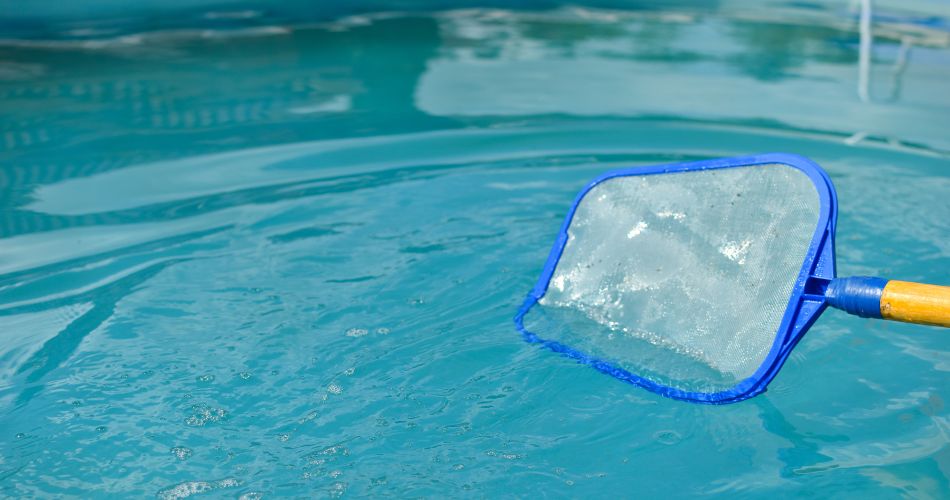
What is Tree “Litter”?
The term tree litter refers to any part of a tree that falls from the tree to the ground or area below the tree. In natural spaces, the items that litter the ground eventually decompose, adding nutrients back into the soil. But in residential and commercial areas, tree litter can become a major annoyance.
Litter can consist of:
- Flowers or flower petals
- Seeds or seed pods
- Broken branches or twigs
- Fallen fruit
- Dried leaves or fallen needles
- Bark that has peeled off
- Other types of plant debris
In this article, we will primarily focus on flowers and seed pods from messy trees and how to prevent them from becoming tree litter.
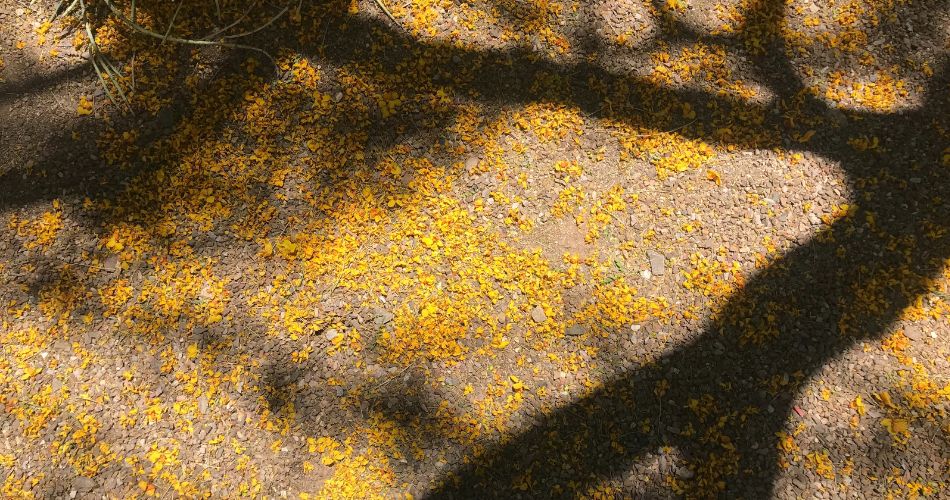
What are the Positives and Negatives of Tree Litter?
Depending on your property and its needs, the debris that falls from messy trees has both positive and negative aspects.
The Positive Aspects of Tree Litter
When allowed to stay where it falls, tree litter will decompose, adding organic materials and nutrients back into the soil.
Fallen seeds provide food for wildlife, such as squirrels and birds. Some seed pods, such as from mesquite trees, are gathered and ground into flour that can be used as an ingredient in baking.
Fallen seeds are also how trees ensure the next generation will grow. Seed pods that fall to the ground or that are buried by forgetful squirrels are ready to sprout during the next monsoon season.
Trees that drop their leaves do so under drought conditions when the tree needs to focus on conserving energy rather than producing or maintaining leaves.
Additionally, trees may sometimes drop branches as a natural form of pruning. Just like seeds and flowers, small twigs and leaves work like natural mulch, adding nutrients back into the soil as they decompose.
The Negative Aspects of Tree Litter
The main argument against tree litter is that it is messy. This can become particularly problematic if your tree(s) are located near a pool. Flowers and seeds that continually drop into a pool need to be cleaned out before they clog the filter, overload the pump, or settle to the bottom of the pool.
Other areas where tree litter can be a problem include walkways or driveways, near patios or places where people gather, and around the home or building entrances.
Trees that drop sticks and twigs as a natural form of pruning can be dangerous for anyone walking or standing below the tree, especially if the branch is heavy, covered with thorns, or has sharp, broken ends.
If the seed pods regularly sprout new seedlings after a rainfall, you may be familiar with constantly pulling up these seedlings as part of your yard maintenance. Even when small, some of these seedlings can have thorns, which makes removing them a (literal) pain.
Palo verde trees are noted for their yellow blooms that cover the tree canopy and then fall to the ground each year. While it has been proven that most allergies come from other sources, there are many people who will avoid palo verde trees and their blooms in spring.
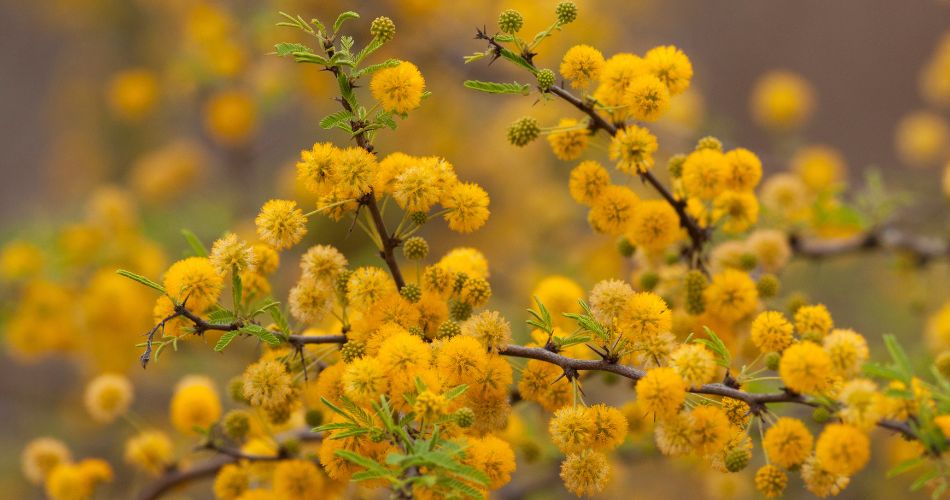
What can be done to minimize tree litter?
Titan Tree Care offers “debris reduction” pruning to prevent or minimize the negative effects of tree blooms and seed pods.
Debris reduction pruning is conducted from January through March. It involves pruning your trees to minimize the blooms and prevent subsequent seeds or seed pods from growing.
This means that your trees will not produce blooms (or not as many), and therefore few or no seeds or seed pods will grow.
This type of pruning needs to be done prior to flower or seed formation. Contact Titan Tree to get on the schedule for your early spring debris reduction pruning in January, February, or March as appointments will be limited.
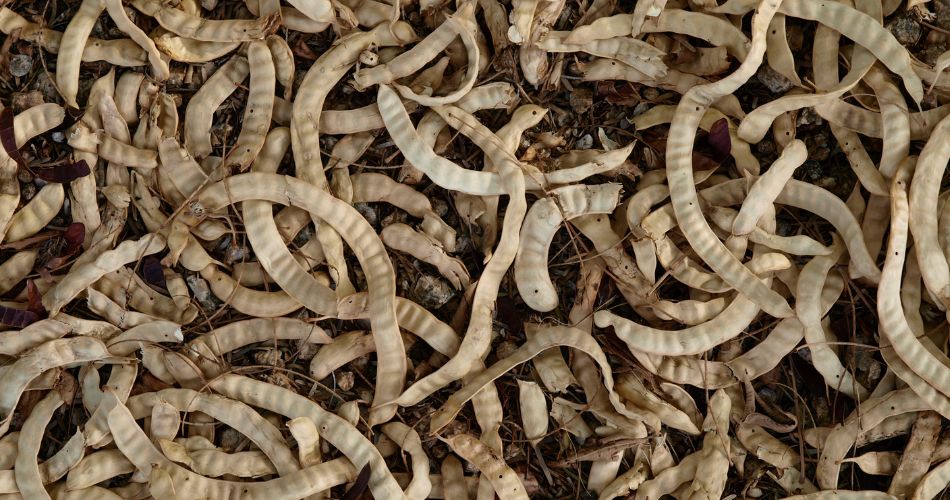
Which Trees in the Phoenix Area Produce a Lot of Litter in Spring?
These trees are most known for creating a lot of messy debris each spring:
- All varieties of mesquite trees
- All varieties of palo verde trees
- Palo Brea trees
- Sweet acacia trees
- Willow acacia trees
- Ironwood trees
- Texas ebony trees
Learn more about spring-flowering trees >>
However, there are many non-native flowering trees that may also need to be pruned to prevent tree litter. Contact Titan Tree for more information or to schedule a consultation.
Contact Titan Tree Care for Your Pruning Needs
If you have an area that becomes covered with tree debris every spring, contact Titan Tree Care to schedule your late winter/early spring tree pruning.
We can help prevent some of the litter that many of our messy trees create by pruning before the blooms appear.
Winter is also a great time to prune or remove other trees on your property, so even if you don’t want debris reduction pruning, we can prune for access, remove dead branches, prevent some storm damage, and more.
More Articles Like This

Titan Tree Care is a full-service tree care company located in Anthem, AZ and serving all of North Phoenix. We offer a wide range of services to meet your tree care needs, including tree and palm trimming, tree pruning, tree removal, stump grinding, and more. We also offer insect or disease treatments and fertilization services. We are dedicated to providing high-quality, safe, and effective tree care services to our customers and work hard to ensure that your trees are healthy and look their best.



